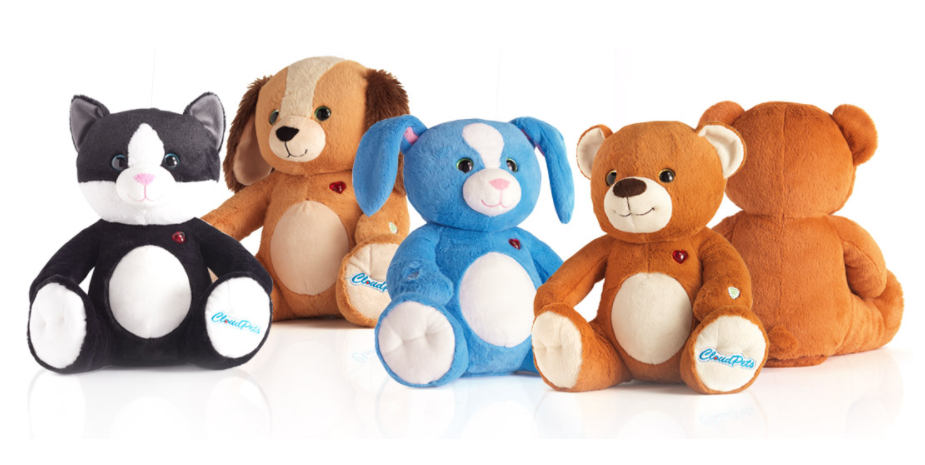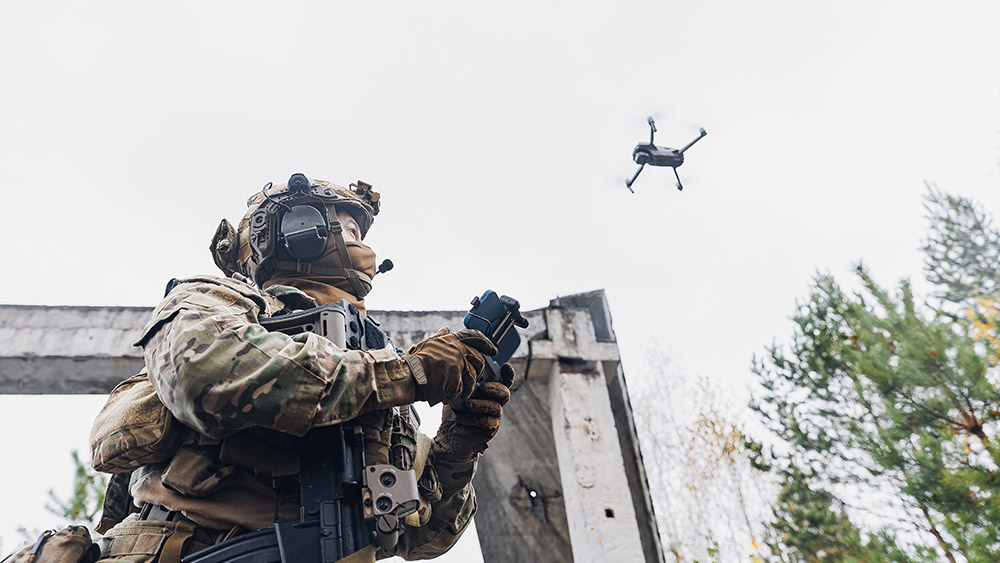
- Mattel and OpenAI are developing AI-powered toys, potentially including an AI Barbie capable of fluid, personalized conversations with children.
- Child development experts warn that AI companions could stunt emotional growth, replacing the messy, conflict-filled interactions that teach empathy and resilience with synthetic, frictionless affirmation.
- AI toys may become a child’s first "friend," shaping their understanding of relationships before they’ve even learned to navigate real human connection.
- Privacy and psychological risks abound, from data collection to the potential for AI to reinforce harmful beliefs or emotional dependencies.
- Parents are being sold a false promise of "safe" companionship, while the long-term effects on children’s social and cognitive development remain unknown.
- This push reflects a broader agenda: the normalization of AI as a substitute for human bonds, a trend that could reshape society in ways we’re only beginning to understand.
When toys stop pretending and start programming
The idea of a toy that truly listens—one that remembers a child’s favorite color, asks about their day, and offers comfort when they’re sad—sounds like a parent’s dream. After all, who wouldn’t want their child to have a patient, ever-present companion? But what happens when that companion isn’t just a plaything, but a programmed entity designed to simulate love? Toymakers have been chasing this fantasy for decades. In the 1960s, Chatty Cathy pulled strings to utter pre-recorded phrases like “I love you” and “Tell me a story.” In the ’80s, Teddy Ruxpin moved its mouth in sync with cassette tapes, creating the illusion of a storytelling bear. By the late ’90s, Furbies were “learning” English, their gibberish slowly morphing into recognizable words. Then came My Friend Cayla, the Wi-Fi-connected doll that Germany banned in 2017 for being a potential espionage device, capable of recording private conversations and relaying them to third parties. But none of these toys could really converse. They were glorified tape recorders, parrot-like in their repetitions. Generative AI changes everything. Mattel’s partnership with OpenAI isn’t just about slapping a chatbot into a doll. It’s about creating a toy that adapts, remembers, and responds in real time—one that could become a child’s confidant, teacher, and first experience of what feels like unconditional emotional support. The problem? It’s all an illusion. Marc Fernandez, chief strategist at the AI company Neurologyca, warns that when toys cross the line from imaginary friends to synthetic ones, children lose something irreplaceable: the struggle of real relationships. “Real relationships are messy,” Fernandez wrote in IEEE Spectrum. “They involve misunderstanding, negotiation, and shared emotional stress. These are the microstruggles through which empathy and resilience are forged. But an AI companion… sidesteps that process entirely.” In other words, a child who grows up with an AI “friend” may never learn how to handle conflict, disappointment, or the raw, unscripted emotions of human connection.Why AI toys are a psychological experiment
Parents already know the iPad dilemma—hand a child a tablet, and they’ll zone out for hours, their developing brains bathed in the blue glow of passive consumption. But at least an iPad doesn’t pretend to care. An AI toy does. And that’s where the danger lies. Children don’t just play with toys—they bond with them. Psychologists have long documented how kids anthropomorphize their stuffed animals, giving them names, backstories, and even emotional lives. But when a toy talks back with fluency, memory, and apparent emotion, the line between fantasy and reality doesn’t just blur—it vanishes. Consider this: A four-year-old argues with their parent about bedtime. The parent says no, the child throws a tantrum, and eventually, they learn (through tears and frustration) that not every desire is met instantly. Now imagine that same child turning to their AI plushie, which responds with: “I understand you’re upset. Would you like to hear a story instead?” No conflict. No negotiation. Just instant gratification. Repeat that dynamic thousands of times, and what do you get? A child who expects the world to adapt to them—not the other way around. Robert Weissman, president of the consumer advocacy group Public Citizen, puts it bluntly: “This has the potential to inflict real damage on children.” And it’s not just about emotional stunting. There’s also the privacy nightmare of corporations collecting voice data, emotional responses, and behavioral patterns from kids too young to understand what’s being taken from them. But the most insidious risk? AI toys could become a child’s primary model for relationships—teaching them that love is transactional, conflict is avoidable, and connection requires no real effort.Why Silicon Valley is pushing AI into the crib
This isn’t just about selling more Barbies. It’s about normalizing AI as a replacement for human bonds. And it’s happening at a time when adults are already forming deep, sometimes destructive attachments to chatbots. Earlier this year, The New York Times reported on men falling in love with AI girlfriends, spending thousands on digital companions that simulate romance without the messiness of real relationships. Some users described their AI partners as “more understanding” than human wives. Others admitted to preferring the bot’s company to that of real people. Now, that same technology is being marketed to children. The implications are staggering. If a generation grows up more comfortable confiding in machines than in people, what happens to marriage, friendship, or even the concept of family? Will kids learn to seek validation from algorithms instead of navigating the complexities of human love? The battle for childhood isn’t just about what our kids play with. It’s about who they become. And if we surrender their emotional development to Silicon Valley’s synthetic companions, we may not like the answer. Sources include: Futurism.com Futurism.com Spectrum.orgElection chaos escalates as AfD loses SEVEN candidates to death just before German vote
By Willow Tohi // Share
U.S. military strikes Venezuelan boat, killing 11 Tren de Aragua members
By Ramon Tomey // Share
Ukraine deploys autonomous DRONE SWARMS in combat, ushering in new era of AI warfare
By Belle Carter // Share
Obama-appointed judge releases woman who threatened to KILL President Trump
By Ramon Tomey // Share
Irish comedy writer ARRESTED at Heathrow Airport over tweets critical of transgenderism
By Ramon Tomey // Share
Trump demands TRANSPARENCY from Pfizer and other drug firms on pandemic-era treatment data
By Laura Harris // Share
A viral video ignites federal firestorm over Minnesota fraud
By willowt // Share
Russia activates "unstoppable" Poseidon tsunami drone
By kevinhughes // Share
Russian FM Lavrov: Moscow will back China on Taiwan issue
By ramontomeydw // Share
The breakfast clock: Why timing your morning meal is a secret weapon against high cholesterol
By jacobthomas // Share
The Health Ranger's New Year Revolution: The ultimate guide to health, wealth and freedom
By kevinhughes // Share
"Absolute Healing" on BrightU: Experts explore COVID-19 as an engineered bioweapon
By jacobthomas // Share











